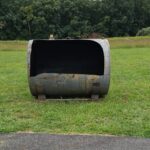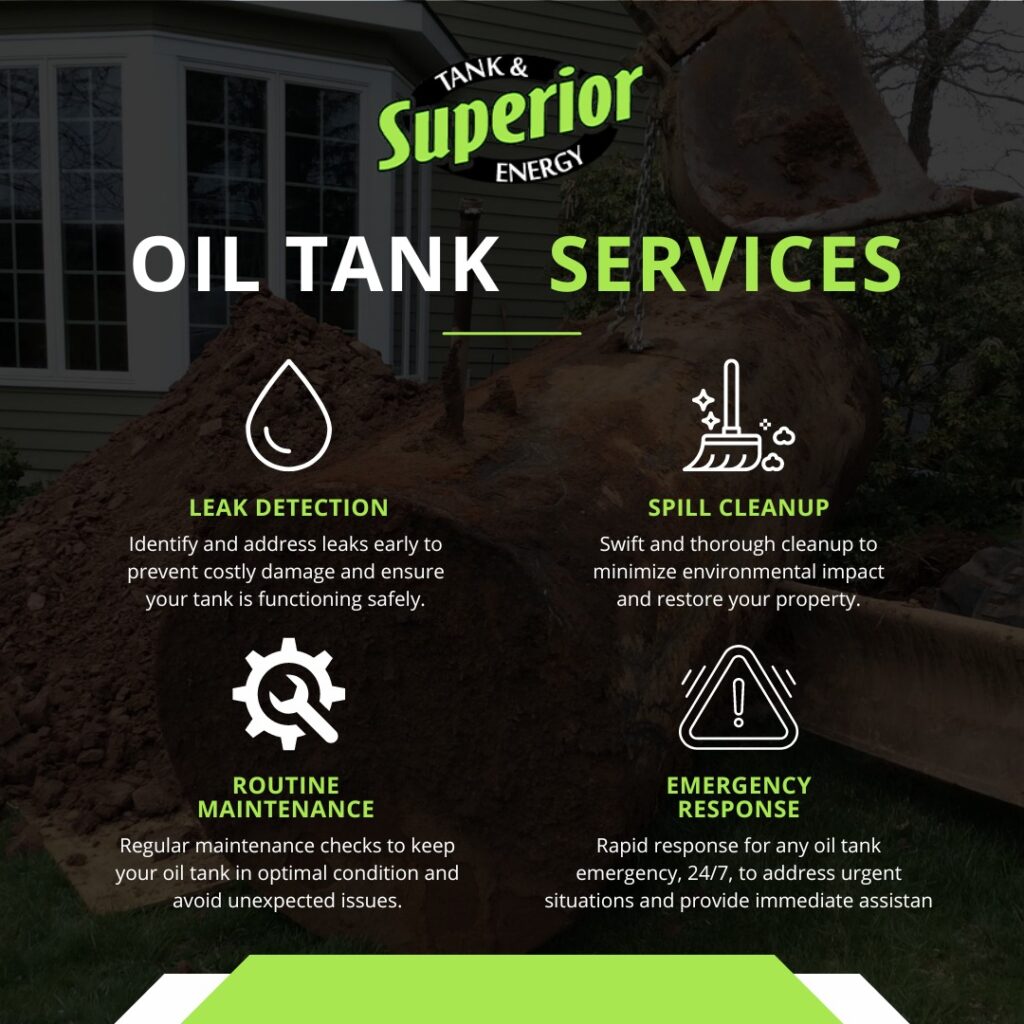
- Posted by: Superior
- 0 Comments
How Do I Know It’s Time to Clean My Oil Tank?
How to Tell if It’s Time to Clean Your Oil Tank
Keeping your home warm throughout the year requires keeping an eye on the multiple moving parts of your heating system. It’s a complex system that requires each part of the system to work together to provide your home with the heat your family needs during the coldest months of the year. Part of keeping these systems in good condition requires regular maintenance.
Most homeowners ask the Superior Tank and Energy team how often they should have their oil tanks cleaned and serviced? Whether it’s above ground or underground tanks, they represent some of the essential components of your heating system. If these components don’t receive proper maintenance, they can have severe consequences on your home. Here are some of the issues that may arise if you don’t keep up with your maintenance routine and how often you should have your oil tank serviced.
How Long Do Oil Tanks Last?
The lifespan of your oil tank depends on several factors — some within control and some outside your control. Factors including the type of steel used to make your tank to whether it’s an above or buried tank and how often it gets used are all key factors determining its lifespan. Most properly maintained oil tanks will last homeowners around ten years before they need to be replaced.
How Often Should It Get Serviced?
Your home’s oil tank should receive a thorough cleaning and service every three to five years. This process involves bringing an experienced tank cleaning service to assess your tank, empty the vessel, and thoroughly clean the interior before clearing it for future uses.
However, what happens if your tank requires cleaning and servicing in between scheduled maintenance? Are there signs to look out for that will let you know your system needs to be serviced?
What Is Sludge, and Why Does It Affect My Oil Tank?
One of the most common reasons your oil tank needs to get inspected more often is the amount of sludge buildup in the tank. Sludge is a by-product of naturally occurring condensation that happens when the oil inside the tank is at a different temperature than the tank itself. The thermal difference between the two causes water vapor to condense and form sludge within the tank.
As sludge continues to build up within the tank, it can clog the delivery systems and pipes within the heating system and affect the heat delivery throughout the home. If you notice changes in your heating bill, such as significant and uncharacteristic upticks in prices, then it might be time to get your system checked for excessive sludge buildup.
If the vent caps aren’t secure on your oil tanks, more air, moisture, and even insects can enter your tank and affect sludge buildup. You will also need to check your tank’s overall oil level. If these levels are below a certain threshold, any sludge buildup within the storage tank can enter the oil filter, vent pipes, and supply lines, causing further damage.
Getting Your Oil Tank Cleaned and Serviced Made Easy
With the proper maintenance routines in place, homeowners can keep their home’s heating oil tank in good condition for years. Knowing when to get your above and underground oil tanks serviced means keeping an eye on changes to your system, heating bills and inspecting your surroundings.
For your tank removal, installation, and repair needs in PA, homeowners can count on Superior Tank and Energy to get the job done right. Contact our team to schedule a free estimate today!






Recent Comments